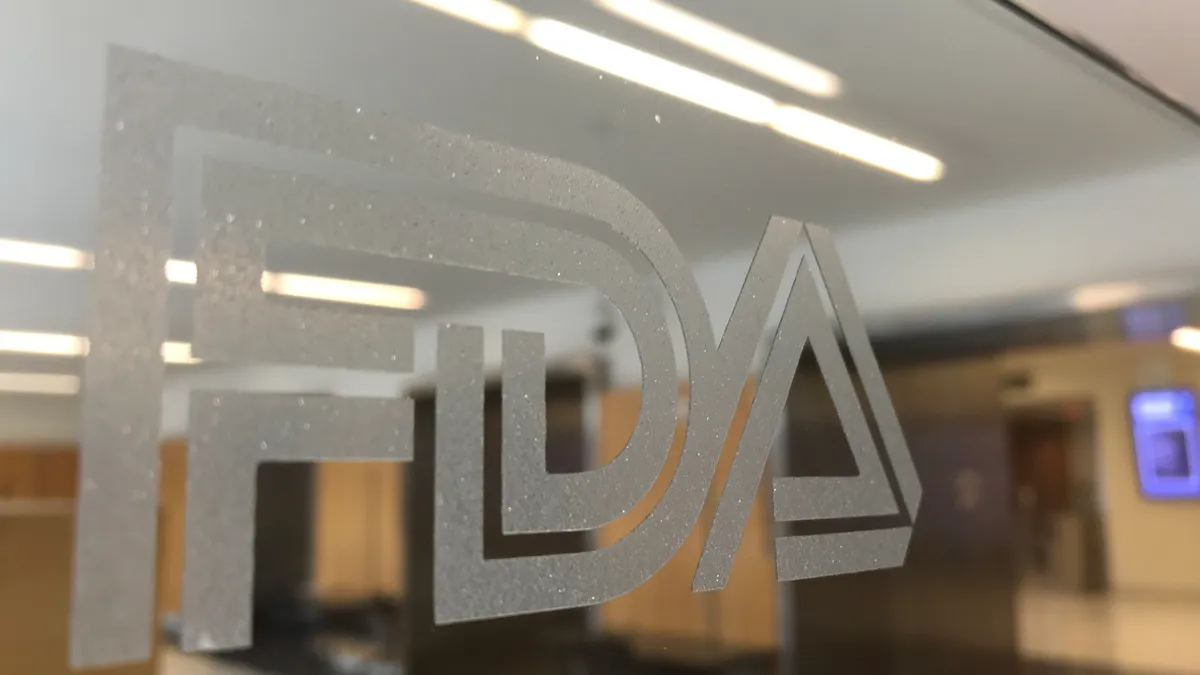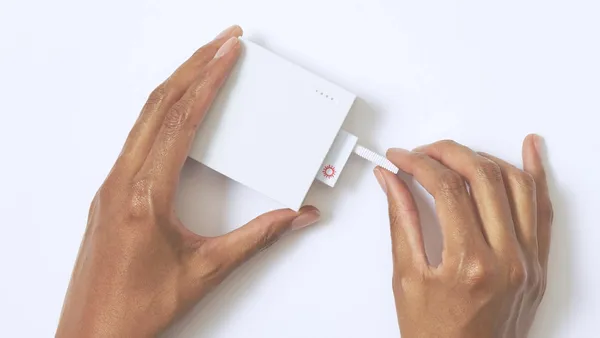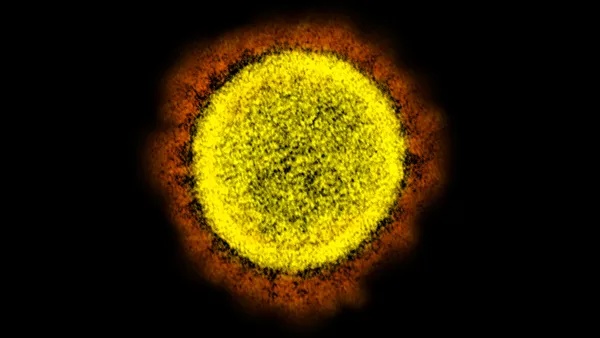Dive Brief:
-
FDA has authorized population health tech company Color to test self-collected nasal swabs taken at home and in healthcare settings for the novel coronavirus.
-
Color said Monday its product is differentiated from 16 other self-swabbing kits given emergency use authorization by FDA as it is designed for use by places of employment, universities and other sites of large-scale public health testing.
- Color said the reissued EUA for its test addresses two current limitations holding back the scaling of testing: the needs for clinical monitoring and viral transport media.
Dive Insight:
The market for self-collected COVID-19 samples has evolved in recent months. LabCorp secured FDA authorization to sell an at-home test in April. Quest, Phosphorus and others followed LabCorp onto the market. The new EUAs boosted at-home collection capacity and broadened sample collection options, notably by supporting saliva samples and eliminating the need for a healthcare professional to supervise the process via a telehealth platform.
Color, a genomic health startup, received an EUA for its COVID-19 molecular test in May. The technology uses loop-mediated isothermal amplification, not reverse transcription polymerase chain reaction. Color contends the approach performed comparably to the more established method. Color also claims its approach “lends itself more readily to high-throughput automation and rapid lab scaleup.”
Armed with the EUA, Color said it has established itself as the main supplier of testing in its home city of San Francisco. Now, Color it is looking to expand across the U.S.
Color said the EUA amendment addresses two current testing obstacles. Unlike some at-home kits, such as those sold by Quest, people can collect samples using Color’s product without logging onto a telemedicine platform to connect with a supervising healthcare professional. Color said its product could therefore relieve a bottleneck created by the need for clinical monitoring, although other companies including LabCorp already provide kits suitable for unmonitored collection.
The other bottleneck Color is targeting relates to the availability of sample collection kits. Color’s test uses dry nasal swabs, thereby eliminating the need for viral transport media. Nasal swab tests from LabCorp, Quest and others use viral transport media to stabilize the virus, leading to shortages of materials as testing demand has increased. Saliva-based tests, such as one by Phosphorus, also use transport media.
Color persuaded FDA to authorize its approach by sharing data suggesting it works as well as other methods. To support the use of dry nasal swabs, Color referenced sample stability data generated by Quantigen Biosciences and its own analysis of the effects of resuspension.
Color also enrolled 38 people in a usability study to validate its self-collection process. The cohort was designed to mirror the demographics of the U.S. population. Thirty-five people returned samples that contained human nucleic acid, although the study did not assess whether the specimens were of a high enough quality to enable detection of the coronavirus. Color said user feedback showed the instructions were understandable and the kit was easy to use.
The evidence, and EUA it secured, sets Color up to support a return-to-work screening protocol it put forward in May. Color is proposing that employers perform two consecutive tests on staff members before they return to work. After that, Color is advocating monthly employee testing at times of low to moderate community transmission. Color said testing should increase to once a week if the level of community transmission is high or an employee tests positive.
The company, founded in 2013, has raised $215 million over five rounds of funding, according to Crunchbase.










